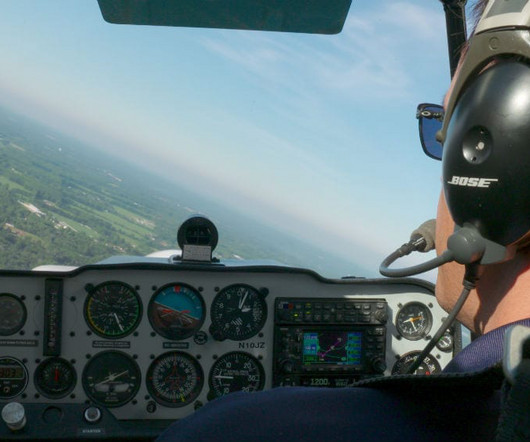Wingtip Vortices and Wake Turbulence
Pilot Institute
MARCH 28, 2025
By far the strongest component of wake turbulence is the swirling air generated at the tips of the aircrafts wings. Key Takeaways Wingtip vortices, not engine exhaust, create the strongest wake turbulence. Wake turbulence can cause severe roll and structural damage to smaller aircraft. This is called lift.











Let's personalize your content